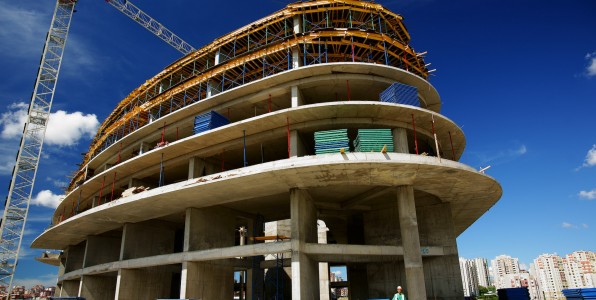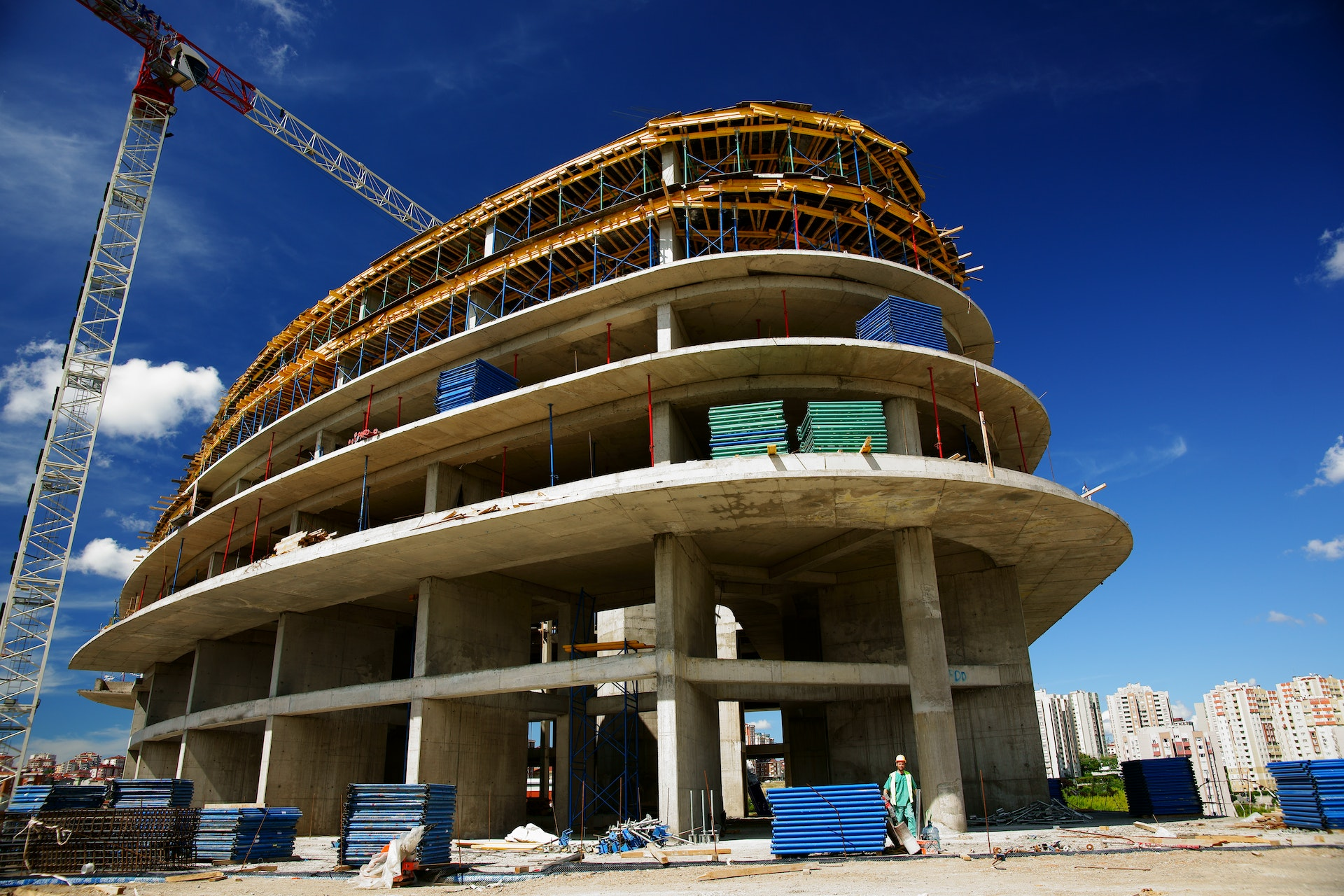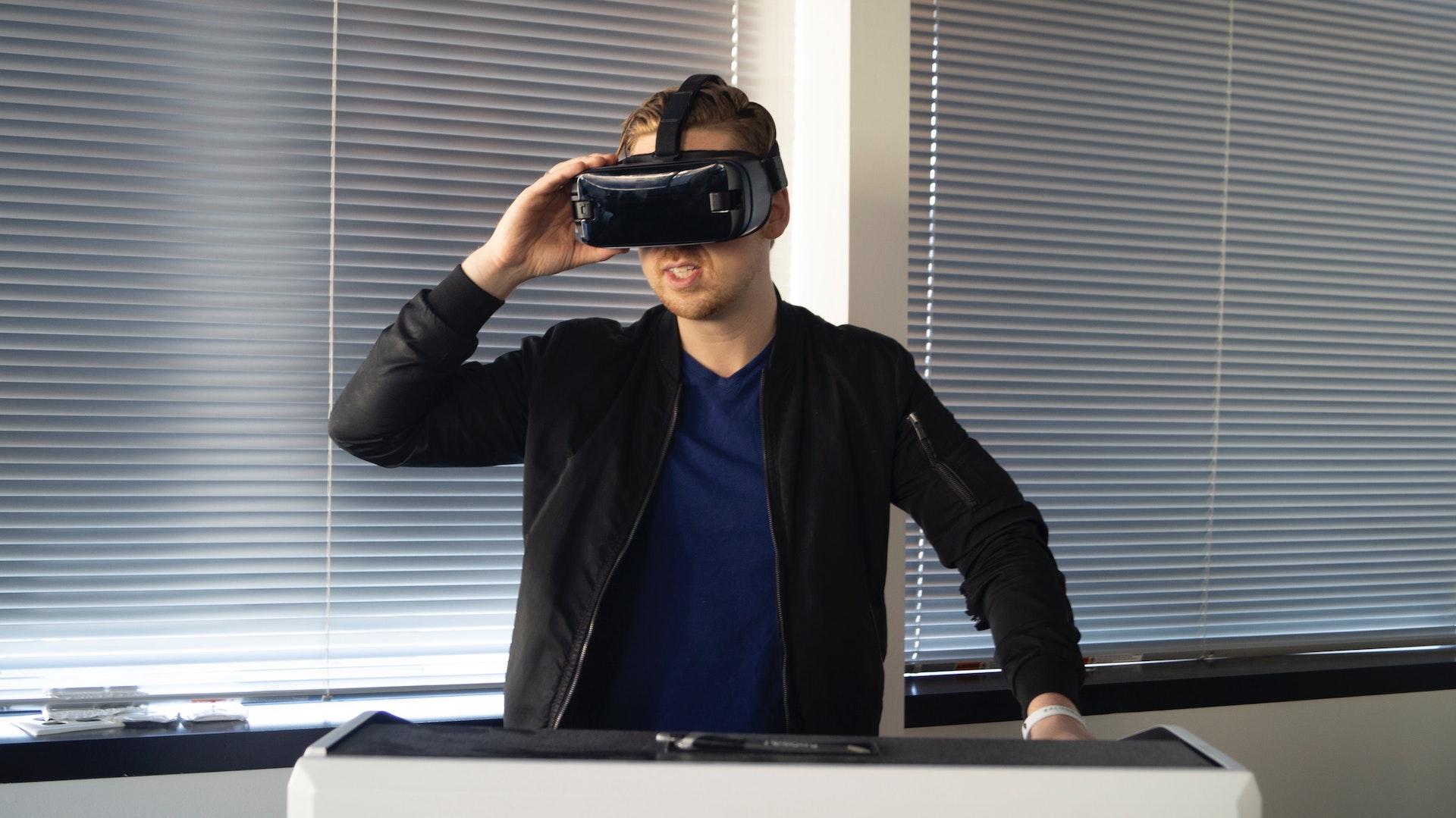Unlock the Benefits of VR in the Construction Industry in 2023

Unlock the Benefits of VR in the Construction Industry in 2023
The post Unlock the Benefits of VR in the Construction Industry in 2023 appeared first on UK Construction Blog.
Gone are the days when construction professionals had to rely solely on paper blueprints and guesswork to visualize their projects. Virtual reality (VR) has emerged as a game-changer in the construction industry, offering numerous benefits that have revolutionized the way projects are planned, built, and delivered. From maximizing efficiency to enhancing safety and training, VR is transforming the construction landscape and elevating customer experiences. Are you ready to unlock the benefits of VR in the construction industry?
Key Takeaways
- VR technology is revolutionizing the construction industry by optimizing efficiency, improving collaboration and reducing costs.
- VR simulations provide immersive training environments to increase safety awareness and reduce accidents.
- Real-world examples of VR in construction facilitate enhanced collaboration for improved design solutions with greater client satisfaction.
Maximizing Efficiency with VR in Construction

The construction sector is always seeking ways to improve efficiency, and virtual reality has proven to be a powerful tool in achieving that goal. With VR, project planning becomes more streamlined, collaboration is improved, and costs are reduced – all leading to superior project outcomes.
We will now examine further these significant benefits of virtual reality in construction.
Streamlined Project Planning
One of the major advantages of using VR in construction is the ability to streamline project planning through accurate visualization, early clash detection, and efficient resource allocation. For example, augmented reality headsets can be used to overlay virtual plans onto the physical space, facilitating accurate installation and placement of components and reducing the need for rework.
Additionally, VR simulations can detect and resolve clashes and conflicts between different building systems, such as electrical, plumbing, and HVAC, at an earlier stage, thus helping construction companies minimize costly rework and project delays.
Not only does this result in fewer errors and delays, but it also allows project managers to make more informed decisions during the project development process. Providing stakeholders with a detailed representation of the project in a virtual environment, VR technology lays the groundwork for improved construction management and successful project outcomes.
Improved Collaboration
Enhanced collaboration among project teams is another substantial advantage of virtual reality in construction. VR technology enables remote teams to collaborate effortlessly, communicate progress, and modify plans in real-time, thanks to virtual visits. Furthermore, worldwide participants can convene virtually in a VR environment, coordinate projects, monitor developments, identify potential issues, and implement modifications.
These virtual collaborative spaces ensure that all participants have access to the same data, thus facilitating effective and productive collaboration between contractors and clients. This real-time feedback and interaction in a shared virtual space expedites the design iteration process and guarantees optimal outcomes, making VR a valuable asset in enhancing collaboration and efficiency in construction.
Cost Reduction
Implementing VR in construction projects also significantly contributes to cost reduction. By leveraging VR to detect potential problems early, reducing the need for rework and optimizing resource allocation, construction companies can save both time and money. For instance, real estate professionals, architects, engineers, and designers can explore and refine construction plans in a visually immersive virtual realm, enabling them to identify and rectify design flaws and complexities before construction begins.
VR simulations offer a detailed and interactive representation of the project, allowing stakeholders to properly evaluate every aspect. This includes material quantities, labor requirements, and any potential intricacies. This helps to avoid budget overruns and financial risks, proving that the integration of VR in construction is not only beneficial for efficiency and collaboration, but also crucial for cost reduction.
Enhancing Safety and Training through VR

Aside from improving efficiency, virtual reality also plays a significant role in enhancing safety and training within the construction industry. By providing immersive training environments and promoting safety awareness and preparedness among workers, VR can help reduce accidents and injuries on construction sites.
We will now examine how VR technology is transforming safety and training in the construction industry.
Immersive Training Environments
One of the most notable benefits of VR in construction is the creation of immersive training environments, allowing construction workers to:
- Practice operating machinery
- Navigate hazardous situations
- Gain hands-on experience in a controlled environment
- Build confidence and competence
- Improve overall safety on construction sites.
Additionally, VR training can be highly beneficial for workers located overseas and in remote areas, allowing them to receive career training without having to leave their families for extended periods of time. By providing construction professionals with the opportunity to train in a safe and controlled environment, VR technology is playing a vital role in enhancing safety within the construction industry.
Safety Awareness and Preparedness
VR contributes significantly to vital aspects of the construction industry such as safety awareness and preparedness. By using VR simulations, workers can recognize potential hazards and develop the skills necessary to respond appropriately in emergency situations.
The immersive nature of VR allows workers to experience realistic scenarios that they may encounter on the job site, helping them gain a better understanding of the potential risks and how to manage them. As a result, workers are better prepared to handle hazardous situations in real life, ultimately leading to a safer and more secure working environment.
Elevating Customer Experience with Virtual Reality

A great customer experience is essential for the success of any construction project, and virtual reality can play a significant role in elevating the way clients interact with their projects. By offering project visualization and immersive tours, VR technology can lead to better communication and increased satisfaction for clients.
We will now observe how VR is revolutionizing the customer experience in the construction company industry, particularly at the construction site.
Project Visualization
VR technology enables project visualization, allowing clients to:
- See and experience their projects prior to construction
- Align with their expectations and minimize costly changes
- Gain a comprehensive understanding of their projects
- Increase satisfaction and the overall success of the project
For example, the New Rochelle downtown improvements project utilized a virtual reality platform to vividly showcase three million square feet of projected enhancements and renovations through an immersive 360-degree perspective, as well as gathering valuable feedback from local residents.
With VR technology, clients can visualize their projects more accurately, leading to better results and increased satisfaction.
Immersive Tours
Immersive tours provided by VR enable clients to virtually walk through their projects, giving them a better understanding of the space and helping them make informed decisions. These virtual walkthroughs can be an invaluable tool for clients, architects, and engineers, allowing them to explore and refine construction plans together, which ultimately results in a more successful project outcome.
By integrating virtual reality technology into the construction process, clients can have a more seamless and interactive experience, improving communication and project outcomes. This enhanced customer experience is yet another reason why VR is becoming an indispensable tool in the construction industry.
Integrating VR with Existing Construction Technologies

While virtual reality is undoubtedly transforming the construction industry, it is not the only technology making waves. By integrating VR with existing construction technologies, such as Building Information Modeling (BIM) and Augmented Reality (AR), companies can further enhance the benefits of VR in the industry.
We will now examine how these technologies synergize to create a more efficient and effective construction process.
VR and BIM
Combining VR with BIM allows for more accurate and immersive project visualization, streamlining collaboration and decision-making processes. BIM employs multiple software solutions to create virtual representations of a building’s physical and functional characteristics, and VR appears to be a logical next step in this progression.
Integrating VR with BIM provides not only a detailed 3D model of the facility, but also enhances facility management efficiency, as demonstrated in the Singapore business center project. By combining these two powerful technologies, construction professionals can create more accurate and visually appealing projects, leading to better results and client satisfaction.
VR and AR
Integrating VR and AR technologies can create a seamless and interactive experience for both construction professionals and clients, improving communication and project outcomes. AR technology superimposes digital information, such as images, videos, or 3D models, onto the actual world, while VR creates a completely immersive environment.
By combining these two technologies, construction professionals can access a wealth of information at their fingertips, making it easier to visualize and plan projects more accurately. This seamless integration of VR and AR technologies ultimately improves communication and collaboration, leading to better project outcomes and increased efficiency in the construction industry.
Overcoming Challenges in Implementing VR in Construction

As with any new technology, there are challenges to overcome when implementing VR in the construction industry. To successfully integrate VR into construction workflows, companies must address costs and infrastructure, as well as provide training and support for adoption.
We will now examine these challenges along with potential solutions.
Costs and Infrastructure
One of the challenges in implementing VR in construction is the cost and infrastructure requirements associated with the technology. These costs can include:
- Hardware and software
- Content production
- Customization and integration
- Training and support
- Infrastructure
- Upkeep
However, by selecting cost-effective VR solutions and ensuring seamless integration with existing systems, companies can mitigate these challenges and successfully implement VR technology.
As VR technology continues to advance, more affordable options become available, making it increasingly accessible for construction companies of all sizes. By opting for cost-effective solutions and proper integration, companies can successfully harness the numerous benefits of virtual reality in construction.
Training and Adoption
Another challenge in implementing VR technology in construction is providing comprehensive support and resources for the training and adoption of the technology. Construction professionals need guidance on how to use VR effectively, as well as technical support for any issues that may arise during implementation.
To facilitate the adoption of VR in construction, companies should invest in training and support, covering areas such as:
- VR technology
- 3D modeling and design
- VR simulation and visualization
- Collaboration and communication
- Safety and risk assessment
- Project management
By providing proper training and resources, companies can ensure that their professionals can effectively use VR technology and fully reap the benefits it has to offer.
Real-World Examples of VR in Construction

After discussing the benefits and challenges of VR in construction, let’s now turn our attention to some real-world examples demonstrating how this technology is utilized for innovative design solutions and improved collaboration and efficiency.
For instance, one company has developed a VR platform that allows architects and engineers to collaborate on projects.
Innovative Design Solutions
Innovative design solutions using VR technology have been employed in various construction projects worldwide. For example, the Singapore business center project utilized a BIM visualization app from Program-Ace, generating a precise 3D model of the facility and enhancing facility management efficiency.
Another example is the New Rochelle downtown improvements project, which used a virtual reality platform to showcase three million square feet of projected enhancements and renovations through an immersive 360-degree perspective, gathering valuable feedback from local residents.
These examples demonstrate how incorporating VR technology into construction projects can help architects and engineers create more accurate and visually appealing projects, ultimately leading to better results and client satisfaction.
Enhanced Collaboration and Efficiency
VR technology has also been utilized to enhance collaboration and efficiency in construction projects. For instance, the VR Hotel project used virtual reality to enable remote teams to collaborate more effectively, communicate progress, and make modifications in real-time. This resulted in improved project outcomes and reduced the need for costly changes.
Another example is the integration of VR with BIM in the Singapore business center project, which allowed for more accurate and immersive project visualization, streamlining collaboration and decision-making processes. These real-world examples showcase the potential of VR technology to revolutionize the construction industry by enhancing collaboration and efficiency.
Summary
In conclusion, virtual reality is undoubtedly transforming the construction industry by maximizing efficiency, enhancing safety and training, and elevating customer experiences. Integrating VR with existing construction technologies, such as BIM and AR, can further enhance these benefits, leading to better project outcomes and client satisfaction. While challenges remain in implementing VR in construction, overcoming them by addressing costs and infrastructure, as well as providing training and support for adoption, will allow companies to fully harness the potential of this game-changing technology.
Frequently Asked Questions
What is the advantage of VR in construction?
VR provides the construction industry with tremendous advantages, such as 3D design reviews for better understanding of a project’s scope and potential problems before it begins, as well as optimizing on-site inspections and ensuring quality control during construction.
By utilizing VR, construction companies can save time and money by avoiding costly mistakes and delays. It also allows for better collaboration between stakeholders, as they can all view the same 3D model in real-time. This helps to ensure that everyone is on the same page and that the project is completed according to plan.
What is the future of VR in construction?
VR technology is revolutionizing the construction industry, providing safety, accuracy, and increased efficiency. It is undoubtedly set to become an essential part of any construction project in the near future.
What are the benefits of VR in BIM?
VR and BIM technology can help reduce the cost of construction projects by efficiently managing the project, minimizing errors, and identifying design flaws before construction begins.
This can result in fewer costly rework costs and revisions, resulting in increased project efficiency.
What are the challenges of implementing VR in construction, and how can they be overcome?
Implementing VR in construction involves financial and infrastructure costs, as well as the challenge of training and adoption.
To overcome these challenges, cost-effective solutions should be selected, proper integration with existing systems secured, and comprehensive support and resources provided for training and adoption.
Comments are closed